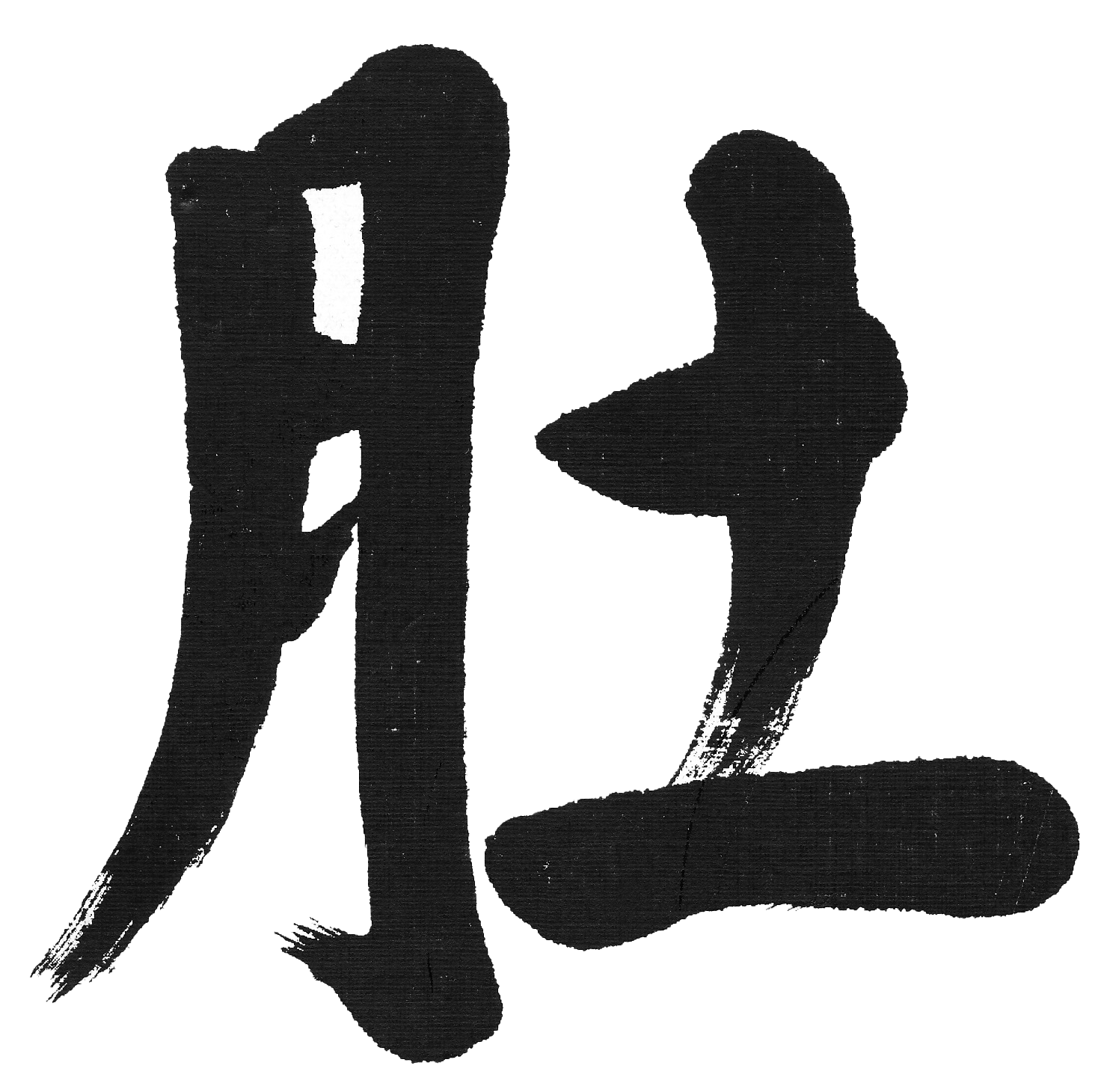Time Flies
Three years. That’s how long it’s been since my last post. At that time, I thought I had provided enough theoretical background and exercises to give people a foundation for their hara development regimens. I decided to take a break from adding more content as I focused on other projects. During the hiatus, I continued to learn more about hara development, and my approach has evolved. I think the time is right to start sharing my new understandings with you, the readers of this blog. So, you’ll be seeing new postings in the coming months.
The most significant evolution in my approach to hara development over this time is an increased emphasis on the role of relaxation instead of tension. I’ve written about this before (see the posts tension and relaxation and tension vs relaxation redux). I’ve come to see that it’s particularly important to emphasize relaxation when teaching beginners. In the past, I would try to teach them to do hara breathing almost right off the bat, after only glossing over the role of abdominal breathing. This resulted in their putting too much tension in their lower abdomens, making it more difficult to take a deep breath, let alone do hara breathing. I now start beginners by teaching them how to take a relaxed but deep inhalation and wait until they have proficiency in this before introducing hara breathing.
Much of the evolution in my thinking comes from a new collaboration with Ellen McKenzie. Ellen brings a fresh perspective to hara development. She has created a set of exercises that can give beginners a better on-ramp to abdominal breathing and, eventually, hara breathing. The exercises can also help experienced hara breathers refine and deepen their practices. Ellen and I will be introducing this new approach in future posts.
Rather than talking about Ellen, I’ve asked her to introduce herself and her journey to hara development. But, before I turn to her, I want to bring your attention to the fact that I offer an online hara development “drop-in” session on the last Saturday of the month, from 7:30-8:45 AM, Central time. (Note that I must cancel the November drop-in because of my travel schedule). These are informal sessions that include topical presentations, Q & A, and practice of hara development exercises. They’re open to anyone who reads this blog. The drop-ins are free, although donations are welcome. You can find more information, including registration information, here.
And now, let’s hear from Ellen:
Thank you, Kushner Roshi! And hello to all the readers of the Hara Development Blog. Over the years, my own hara development has benefited greatly from the resources found here, so it’s an honor to participate in this process.
To introduce myself, I’ll share that I am a yoga therapist, TRE provider, somatic educator and bodyworker; I have the great fortune to work in the office space at Daikozen-ji. I am also a student of Kunsher Roshi’s and have been engaged in Zen training since 2015. My own hara journey began with Somatic Zen - an intensive training that I ran with Alex Greene.
At that time, I was training in another Zen lineage (which did not emphasize hara breathing) and was also sitting regularly with Alex. Together, we were exploring the ways that practices like Hanna Somatics, yin yoga, TRE, and bodywork could support and deepen Zen meditation.
Before the launch of the training, he taught me about hara breathing. Initially, I found it counter-intuitive (specifically the abdominal expansion on exhale), conflicting with prior yogic breathing techniques I had learned, but ultimately very intriguing. I had trouble finding my hara, but even in the fleeting connections, I felt its grounding potential.
My relationship with my hara has evolved since then, but grounding was my top priority at the time and a useful motivator for further exploration. Additionally, after 10+ years of yoga training, I still struggled with yogic pranayama; I found many of the practices (and there are many) to be agitating to my system.
The largest hara challenges I faced were creating and sustaining abdominal pressure throughout exhale and doing that without creating tension. Fortunately, all the hours doing somatics, TRE, and yin yoga between sitting periods at Somatic Zen provided fertile ground for insights.
To this day, many of the exercises I use to support folks come out of the two years Alex and I ran Somatic Zen. Since then, I have learned more, experimented more, and worked with Kushner Roshi to create a methodology out of those insights. Together, we will introduce new concepts here in the blog. We are also developing an asynchronous course that will focus on practices to support hara development.
